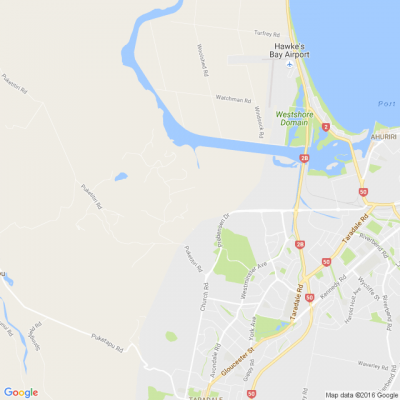
Know what’s happening
Access the private noticeboard for verified neighbours near you. Keep informed about any suspicious activity, send urgent updates to your neighbours when required and discuss emergency planning.
Get to know your neighbours
Browse the directory and start getting to know your neighbours. Don’t want to post to the whole neighbourhood? Send a private message.
Buy, sell and give away
Want to declutter your garage? Buy some used household items? Give away some garden stuff? Become a verified neighbour to browse and post items for sale. Trading is simple when everyone lives nearby.

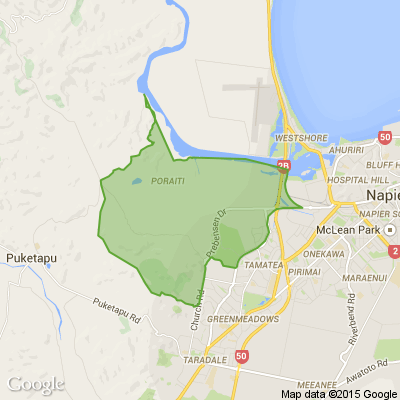

Thank you for using Neighbourly
You may receive an email confirmation for any offer you selected. The associated companies will contact you directly to activate your requests.
Our passions and achievements play a large part in the legacy we leave behind. When we channel those achievements into championing causes and giving back, that legacy is carried as inspiration for generations to come.
This is an opportunity to recognise those Senior New Zealanders who go beyond … View moreOur passions and achievements play a large part in the legacy we leave behind. When we channel those achievements into championing causes and giving back, that legacy is carried as inspiration for generations to come.
This is an opportunity to recognise those Senior New Zealanders who go beyond the ordinary when it comes to paying it forward and making a difference. Let’s celebrate the good and help their legacy shine bright. Because these kiwis demonstrate the true meaning of an inspiring legacy. Who will join them?
Nominations close 31 August.
#NZOTY #NZerOfTheYear
Learn more
Low levels of digital literacy among staff is a challenge facing many manufacturing businesses, and strengthening those skills is not only essential to meet rapid technological changes in the workplace, it’s vital to increasing productivity.
Competenz has recently launched a new … View moreLow levels of digital literacy among staff is a challenge facing many manufacturing businesses, and strengthening those skills is not only essential to meet rapid technological changes in the workplace, it’s vital to increasing productivity.
Competenz has recently launched a new micro-credential to improve the level of digital literacy in the manufacturing sector.
"With an aging workforce it’s imperative we enable companies to keep their tradesmen and craftsmen,” says Jahn Vannisselroy, Competenz Sector Manager. “This micro-credential, which we can tailor to a specific company, is giving people the confidence to meet technology head-on.”
The qualification is fully funded under the government’s Targeted Training and Apprenticeship Fund (TTAF) for employers who enrol their staff before 31 December 2022.

Robert Anderson from Curtain Clean (Hawkes Bay Chem-Dry)
We have a soft spot for sheep. For many, sheep are symbolic to New Zealand culture with the rearing of sheep being the backbone to the economy for many years.
Sheep farming was established in New Zealand by the 1850s and has played an important role in the economy ever since. For several … View moreWe have a soft spot for sheep. For many, sheep are symbolic to New Zealand culture with the rearing of sheep being the backbone to the economy for many years.
Sheep farming was established in New Zealand by the 1850s and has played an important role in the economy ever since. For several decades wool accounted for more than a third of New Zealand’s exports by value with the sheep population peaking at just over 70 million in 1982.
This number is significant when comparing it to New Zealand’s human population. By 2020, sheep numbers dropped to 26 million, following a decline in profitability compared to other types of farming, particularly dairying.
While also farmed for their meat, today’s article focuses on sheep wool and its environmental attributes.
Wool is a natural and renewable resource and as long as our beloved sheep are eating the tasty green pastures from New Zealand farms they will always produce wool. Wool has amazing properties that make it ideal for many applications from home textiles through to incontinence underwear.
At this point in time, cotton and synthetic fibres are the most commonly used and produced fibres globally, however their performance does not come close to wool, in particular the environmental benefits.
From wool to yarn: The wool clip (total yield of wool shorn during one season from the sheep) is sent to the scourers where the wool is cleaned and dried, and from there to a woollen spinner where the fibre is spun into yarn. The yarn is then sent on to the manufacturer of textile products where many different processes are involved.
The yarn is wound onto dye cones and dyed to the required colours. Next the yarn is warped onto beams. These warp beams are then threaded through the looms so that the weft yarn can run across the warp to create a woven fabric.
The fabric is then inspected and then washed and dried. Very few chemicals are used in the processing, typically only water and heat.
Keep reading: www.curtainclean.co.nz...
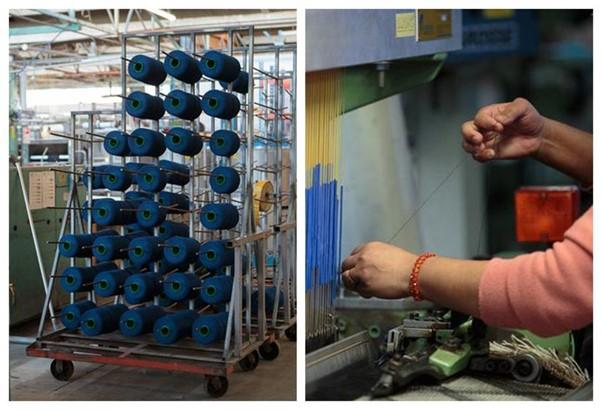
Is your home starting to look a little dreary and in need of a fresh coat of paint or a pick me up with colour?
Come in and visit your local Resene ColorShop between 5-31 August 2021, buy 1 testpot 60-80ml and get 1 FREE! Plus get 25% off Resene premium paint, primers, sealers and stains 10L. … View moreIs your home starting to look a little dreary and in need of a fresh coat of paint or a pick me up with colour?
Come in and visit your local Resene ColorShop between 5-31 August 2021, buy 1 testpot 60-80ml and get 1 FREE! Plus get 25% off Resene premium paint, primers, sealers and stains 10L.
Offers available with your Resene DIY Card. If you don’t have a card you can sign up free in store or online
See more details online

Hey Napier. Anyone got that weekend clean up in mind? Forget lugging trailer loads to and from the tip. Get in touch re a PortaSkip.
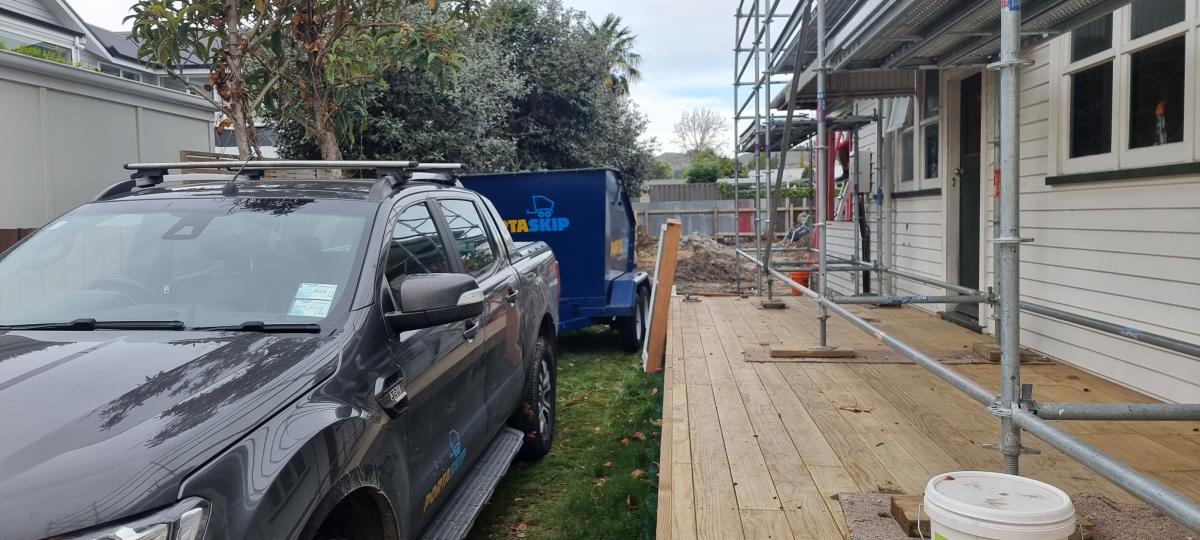
The Team from Resene ColorShop Napier
Construct a climbing frame for upwardly mobile crops and add the colour with Resene paint.
Find out how to create your own.
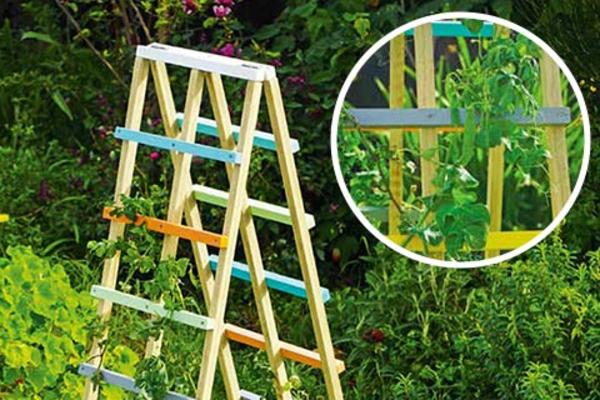
We've had hundreds of community hero shout outs on our Nice Neighbour page, with some even featuring in Stuff's local community papers. It's easy for you to chime in to those raving reviews, all you've got to do is nominate your community champion and be in with a chance to win … View moreWe've had hundreds of community hero shout outs on our Nice Neighbour page, with some even featuring in Stuff's local community papers. It's easy for you to chime in to those raving reviews, all you've got to do is nominate your community champion and be in with a chance to win a Prezzy® Card. Have a think and get nominating now! Nominate now!

Petter from Awatoto - Meeanee
Wind chime made from recycled copper pipe and recycled wood,
$75.00
Price: $75
Robert Anderson from Curtain Clean (Hawkes Bay Chem-Dry)
These curtains are looking as good as new after being treated for mould removal. If you have orange or black spots on your curtains - that is most likely mould! It loves a combination of dust, damp, and heat. It can smell very musty, especially if left to grow. We are experts in mould removal and … View moreThese curtains are looking as good as new after being treated for mould removal. If you have orange or black spots on your curtains - that is most likely mould! It loves a combination of dust, damp, and heat. It can smell very musty, especially if left to grow. We are experts in mould removal and ensure curtains are treated with no colour loss - if you have any questions feel free to give us a call and we can have a chat. 0800 579 0501
Kath Boyd from Big Brothers Big Sisters of Hawke's Bay
We currently have boys ready and waiting to be matched with mentors, but to do this we need more male volunteers who want to invest their time in a young person.
You can find out more about becoming a mentor on our website (link to it here) tinyurl.com...
Take one small action towards making a… View moreWe currently have boys ready and waiting to be matched with mentors, but to do this we need more male volunteers who want to invest their time in a young person.
You can find out more about becoming a mentor on our website (link to it here) tinyurl.com...
Take one small action towards making a positive impact in a young persons life and enquire today!
Louise from Greenmeadows
Storm satin trousers with elasticated waist and 2 side pockets - Size 6
Only worn once
Price: $20
Louise from Greenmeadows
Storm - strappy summer top - Size 6 - Hardly worn so in excellent condition
Price: $10
Robert Anderson from Curtain Clean (Hawkes Bay Chem-Dry)
When researching or reading about different fabrics, you are likely to see the word yarn mentioned a lot. ‘Made from spun yarns’ or ‘with synthetic yarns’ are a couple of examples. But what is yarn? What is spun yarn? Are there other types? What does it all mean, and how much relevance does… View moreWhen researching or reading about different fabrics, you are likely to see the word yarn mentioned a lot. ‘Made from spun yarns’ or ‘with synthetic yarns’ are a couple of examples. But what is yarn? What is spun yarn? Are there other types? What does it all mean, and how much relevance does this bear to your final fabric? That’s what we are here to look at in a little more detail.
What is Yarn?
Yarn is a length of fibres. That’s the simplest way to explain it. It is a continuous length of fibres which are interlocked, and it’s used to produce fabrics, as well as in crocheting, knitting, embroidery and ropemaking.
This means that we can split yarn into two different ‘categories’ of sorts. The thread that is used for embroidery or in sewing machines, as well as yarn (commonly known as balls-of-wool) used in crafts such as knitting or crocheting, are long lengths that are bought as yarns.
The alternative would be a yarn which is then knitted or woven into a fabric. The textile is then bought as fabric, in lengths, rather than the yarn itself being purchased separately. This second description is the one that we will explore further in this post.
What is Yarn Made From?
Yarn can be made from such a variety of different fibres. This includes both natural and synthetic fibres. The most common plant fibre is cotton, however, you can also use other natural fibres such as bamboo. Alongside cotton, the synthetic polyester fibre makes up the two most commonly used fibres. Animal fibres are also often used, such as wool, harvested from sheep, as well as cashmere (harvested from goats) Angora (from rabbits) and silk (from insect larvae).
What is the Difference Between Spun and Filament Yarn?
Spun yarn is made by twisting staple fibres together in either an S or Z twist, to make a single thread. The process of twisting the fibres together into yarn is called spinning and it was one of the first processed to be industrialised. Spun yarns can contain a single type of fibre, or you can spin various types of fibre together to give you a blend.
Filament yarn is made up of filament fibres which are either twisted together or simply grouped together. It can either be composed of one filament, which is called a monofilament, or it could be made of more than one, in which case it would be known as a multifilament. This can be as few as two or three filament fibres, or even up to 50, or more.
Keep reading: www.curtainclean.co.nz...

Mei Leng Wong Reporter from NZ Gardener & Get Growing
Dear neighbours,
Please meet Alyce Read of Nelson, who uses her houseplant collection to connect with others and help them overcome mental health challenges. "You wouldn’t take a plant and put it in a dark corner and fail to water it and expect it to thrive. So we should look at ourselves … View moreDear neighbours,
Please meet Alyce Read of Nelson, who uses her houseplant collection to connect with others and help them overcome mental health challenges. "You wouldn’t take a plant and put it in a dark corner and fail to water it and expect it to thrive. So we should look at ourselves that way," she says. "If we are not thriving in the way that we would wish, it might not be any fault of ours, it might be the conditions that we are under."
 Loading…
Loading…
Are you sure? Deleting this message permanently removes it from the Neighbourly website.
 Loading…
Loading…

 By Negotiation
By Negotiation



 Marketed by Debbie White
Marketed by Debbie White

 Tender
Tender

 Marketed by Susan Davis
Marketed by Susan Davis
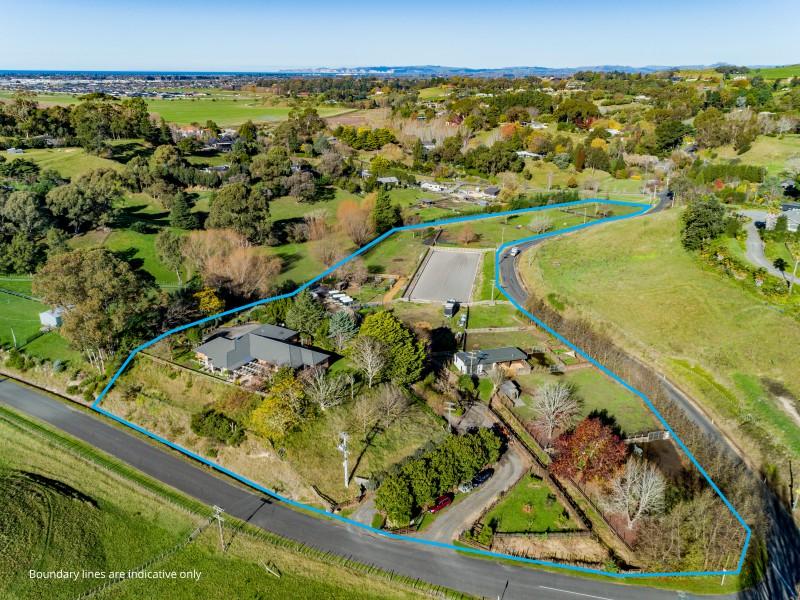
 Deadline Sale
Deadline Sale



 Marketed by Hadley Brown
Marketed by Hadley Brown

 Deadline Sale
Deadline Sale



 Marketed by Jacob Verhulst
Marketed by Jacob Verhulst
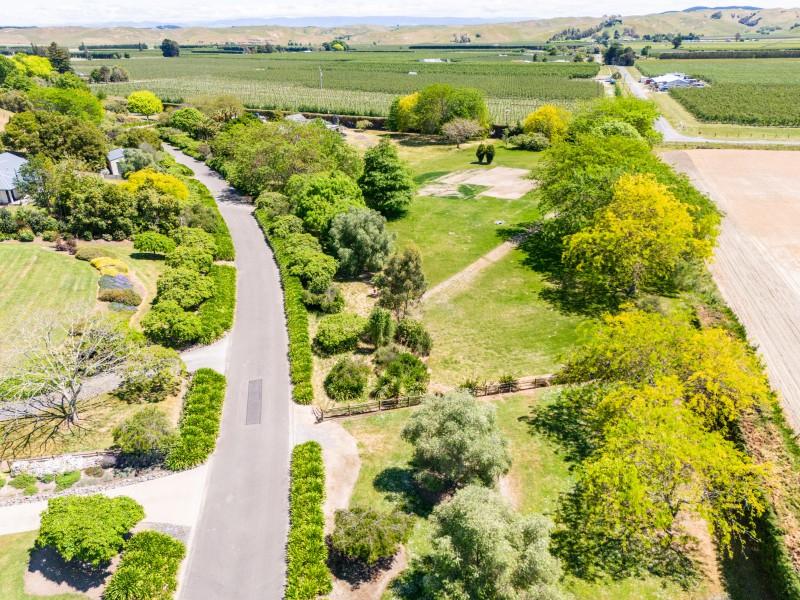
 Deadline Sale
Deadline Sale

 Marketed by Hadley Brown
Marketed by Hadley Brown

 By Negotiation
By Negotiation



 Marketed by Julie Smith
Marketed by Julie Smith

 By Negotiation
By Negotiation



 Marketed by Julie Smith
Marketed by Julie Smith

 Tender
Tender



 Marketed by Paul Evans
Marketed by Paul Evans
© Neighbourly 2024
